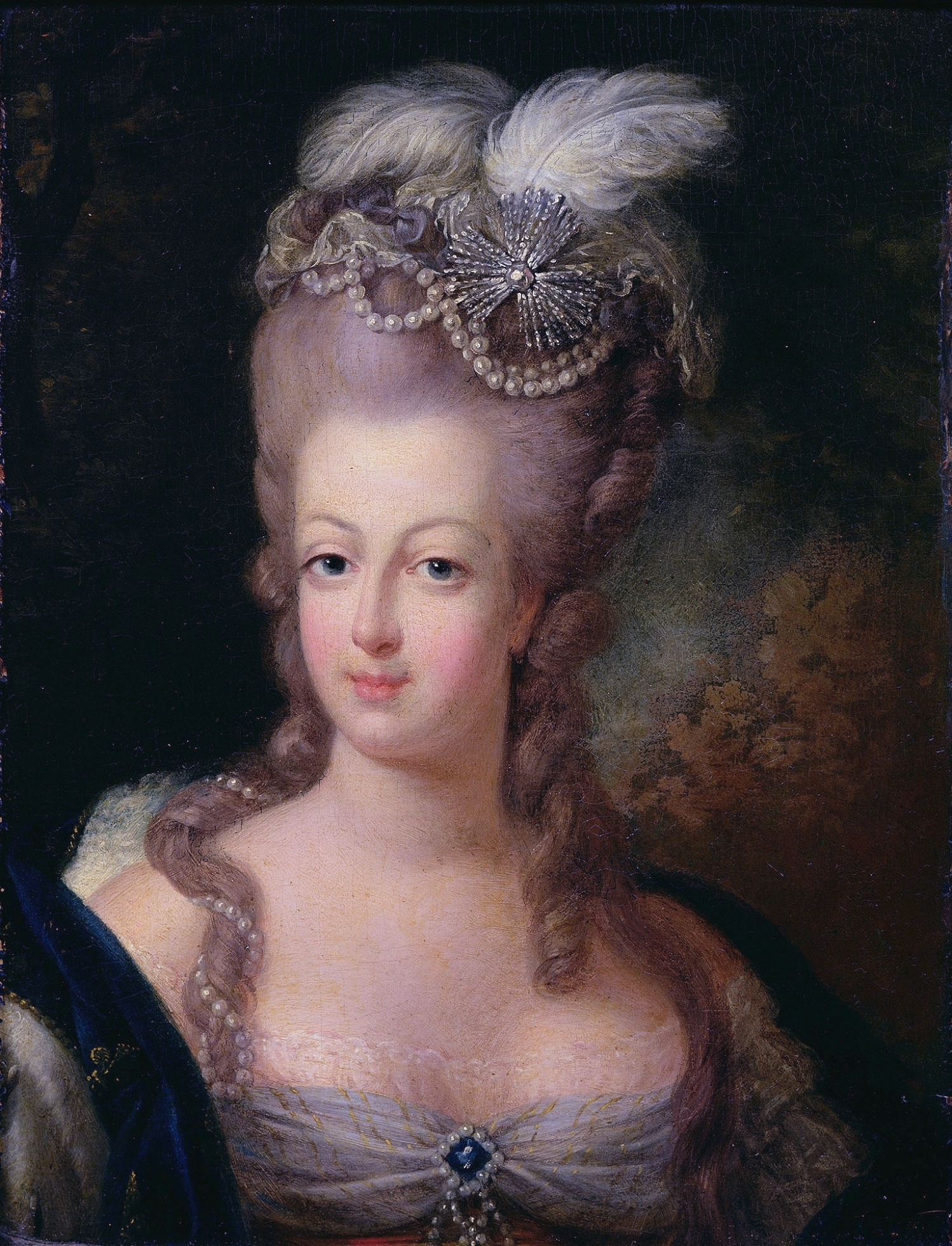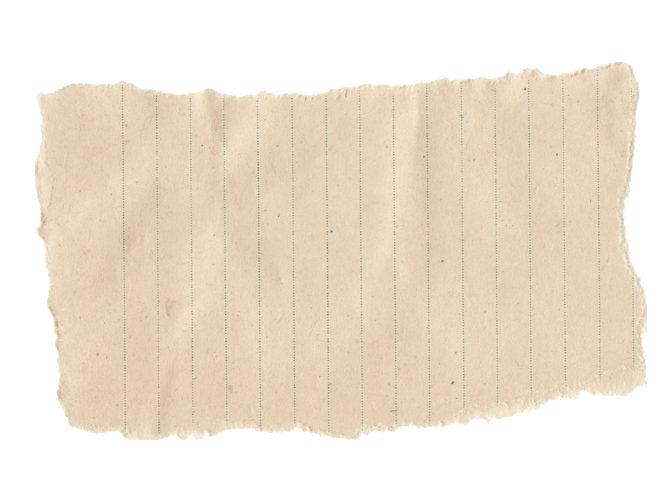
Marie Antoinette

1755-1793
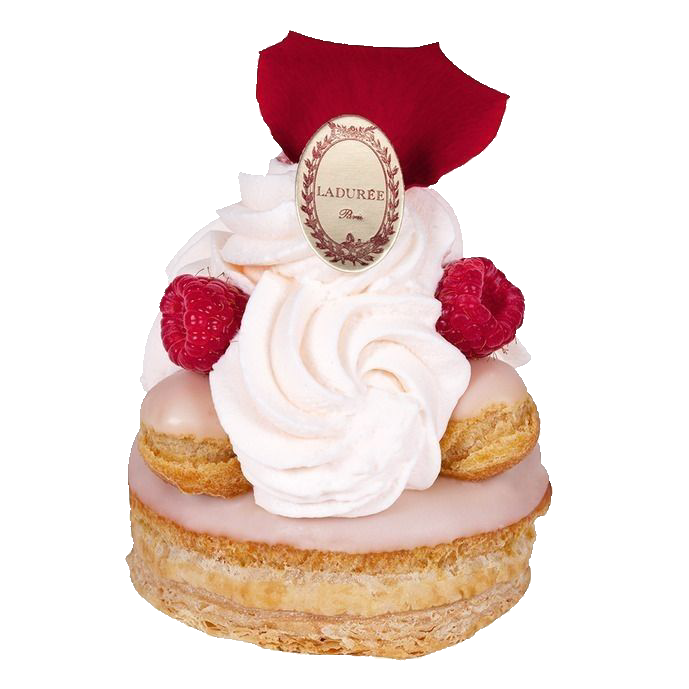
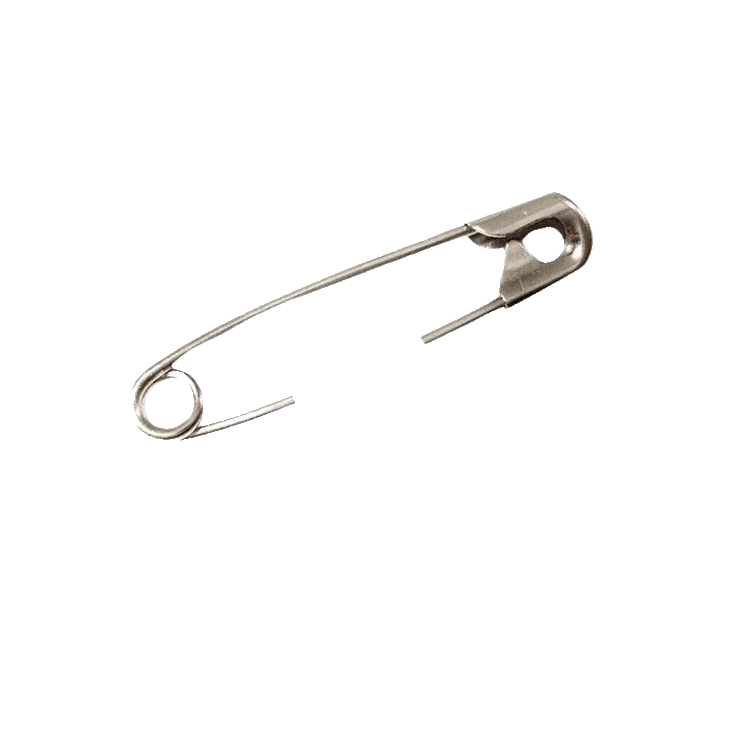
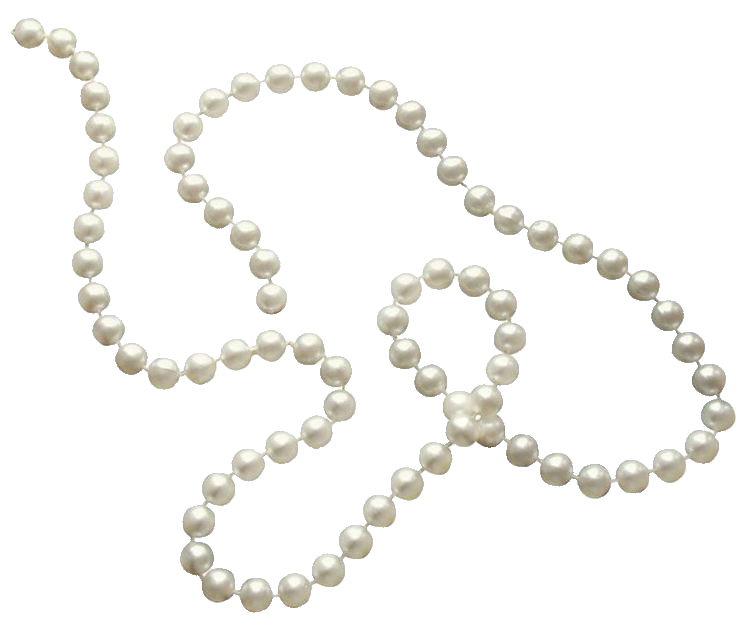
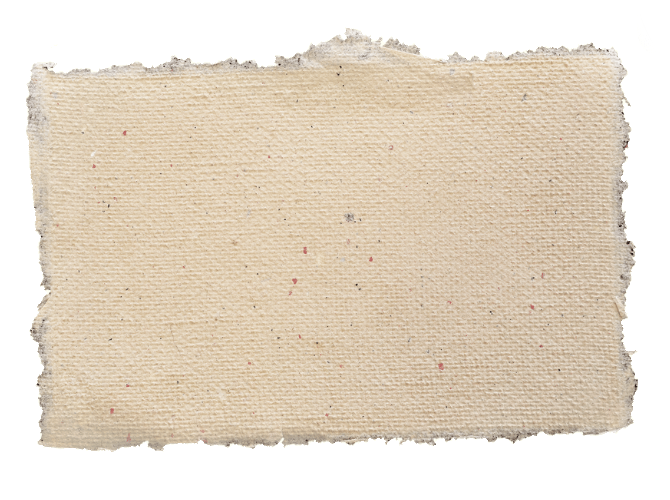
Described by her brother, Emperor Joseph II, as “honest and lovable,” Marie Antoinette was an Austrian princess and the wife of King Louis XVI. She remains one of the most iconic characters in Versailles’ rich history. She arrived at the French Court aged only fifteen. From the time of her marriage to the Dauphin Louis, heir to the throne, she found it difficult to adapt to French customs and when she became Queen, she committed more and more blunders, often unwittingly, which gradually alienated public opinion, helping to tarnish her image in a most disastrous way.
Marie Antoinette was born in Vienna on 2 November 1755, the daughter of Holy Roman Emperor Francis I and Habsburg Empress Maria Theresa. Her marriage with the future Louis XVI, celebrated in the Royal Chapel at Versailles on 16 May 1770, was partly the work of the Duke de Choiseul, Secretary of State for Foreign Affairs and one of the principal architects of the reconciliation between France and Austria. The marriage nonetheless met with a lukewarm reception from the French public, who had not forgotten their country’s long-standing enmity towards the House of Austria. A highlight of the lavish festivities to mark the royal wedding was the inauguration of the Royal Opera.
The young Dauphine became the first lady at Court. In the eyes of the public, she and her husband symbolised the promise of a new reign which, given Louis XV’s advancing age, was expected to
begin soon. The ageing King had in fact become very unpopular and his death on 10 May 1774
was looked on with relief throughout the kingdom. Marie Antoinette became Queen when she
was not yet twenty years old.
Upon her arrival in Versailles, Marie Antoinette lived in the Queen’s State Apartment
and was bound by the official rituals of her royal position: the waking-up ceremony,
the elaborate preparations, royal audiences, public meals, etc. Having grown up with the
less elaborate ceremonial routine of Austria’s royal palaces, she had a hard time
adapting to Versailles’ complex etiquette and tried to seek out a more private life.
Surrounded by a circle of friends whom she had chosen herself, she preferred to remain
in her Private Chambers, located behind her State Apartments and which she hoped to
extend into the floor above, and in the Petit Trianon, built by Louis XV and given to her
as a gift by Louis XVI on his accession.
In 1778, after eight long years of marriage, she finally gave birth to her first child.
Marie-Thérèse, known as “Madame Royale”, was soon followed by a Dauphin, Louis
Joseph Xavier-François, born in 1781. A few years later she gave birth to
Louis-Charles, who would go on to become Dauphin after the death of his elder
brother in 1789, then Sophie-Béatrice, who lived for only a few months. The Queen
was always an affectionate mother and was close to her children. The successive
deaths of Sophie-Béatrice and the first Dauphin were particularly painful ordeals
both for her and for the King.

